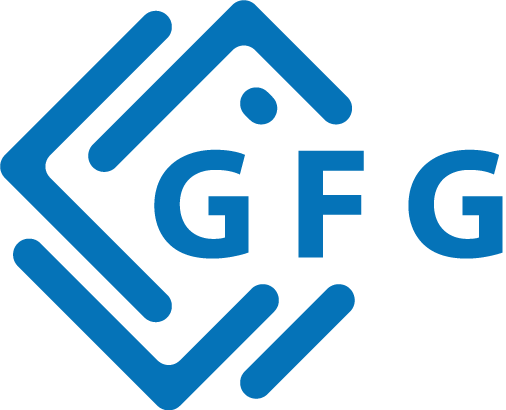How Forex Works
A Beginner’s Guide to the Foreign Exchange Market
The foreign exchange market, commonly known as Forex or FX, is the largest and most liquid financial market in the world. Every day, trillions of dollars are exchanged globally, making Forex a crucial part of the international financial system. But how exactly does Forex work? Let’s explore.
Largest Financial Market
The Forex market is the world’s biggest financial market, with over $7 trillion traded daily.
Currency Exchange Hub
It’s where currencies are bought, sold, and exchanged—essential for global trade and investments.
Decentralized Structure
Unlike stock markets, Forex is decentralized and operates through a global network of banks and brokers.
Operates 24/5
Forex trading runs 24 hours a day, 5 days a week, covering major global time zones.
What Is the Forex Market?
The Forex market is where currencies are bought and sold. Unlike stock markets, Forex does not have a centralized exchange. Instead, it operates 24 hours a day, five days a week through a global network of banks, financial institutions, corporations, and individual traders.
Currency Pairs System
Trades are made in currency pairs (e.g., EUR/USD), reflecting the value of one currency against another.
Driven by Supply and Demand
Prices fluctuate based on economic data, interest rates, geopolitical news, and market sentiment.
Accessible to Everyone
Anyone—from banks and corporations to individuals—can participate with just an internet connection.
Offers High Liquidity
Forex provides fast trade execution and minimal price manipulation due to its high liquidity.

🧮 1. Pips and Lots
A pip (Percentage in Point) is the smallest price move a currency pair can make, usually the fourth decimal point (0.0001). Traders measure profit or loss in pips.
A lot is the size of the trade:
-
Standard lot = 100,000 units
-
Mini lot = 10,000 units
-
Micro lot = 1,000 units
Understanding pips and lot sizes helps manage risk and calculate potential gains/losses accurately.
💹 2. Types of Forex Orders
Traders use various order types:
-
Market Order: Executes immediately at the current price
-
Limit Order: Executes at a specific price or better
-
Stop-Loss Order: Closes a trade to limit a loss
-
Take-Profit Order: Closes a trade to lock in profit
Using the right order type at the right time is essential to effective trading.
🧠 3. Technical vs. Fundamental Analysis
-
Technical analysis involves reading charts, trends, and indicators like RSI or Moving Averages to predict future movements.
-
Fundamental analysis looks at economic data, political events, and central bank decisions to gauge market sentiment.
Many successful traders use a combination of both strategies.
📱 4. Trading Platforms and Tools
Popular trading platforms include:
-
MetaTrader 4 (MT4): Widely used, beginner-friendly
-
MetaTrader 5 (MT5): Advanced features, supports more assets
-
cTrader, NinjaTrader: Alternatives for more experienced users
Most platforms offer real-time charts, indicators, demo accounts, and automation tools like Expert Advisors (EAs).
🔐 5. Risk Management in Forex
Effective trading involves managing risk:
-
Never risk more than 1–2% of your account on a single trade
-
Use stop-loss orders religiously
-
Maintain a favorable risk-to-reward ratio (e.g., 1:2 or 1:3)
-
Diversify your trades instead of putting all funds in one position
Risk management helps protect your capital and keeps you in the game long-term.
🌐 6. Demo Trading Before Going Live
New to Forex? Always start with a demo account. It simulates real market conditions without risking real money. Practice strategies, understand market behavior, and build confidence before transitioning to a live trading account.
Most brokers offer free demo accounts—take full advantage before investing real capital.
✅ Conclusion
Forex works by allowing participants to trade one currency for another, aiming to profit from price fluctuations. Whether you’re a beginner or seasoned investor, understanding how Forex works is the first step toward successful trading.
Start small, learn continuously, and never stop improving your strategy.
